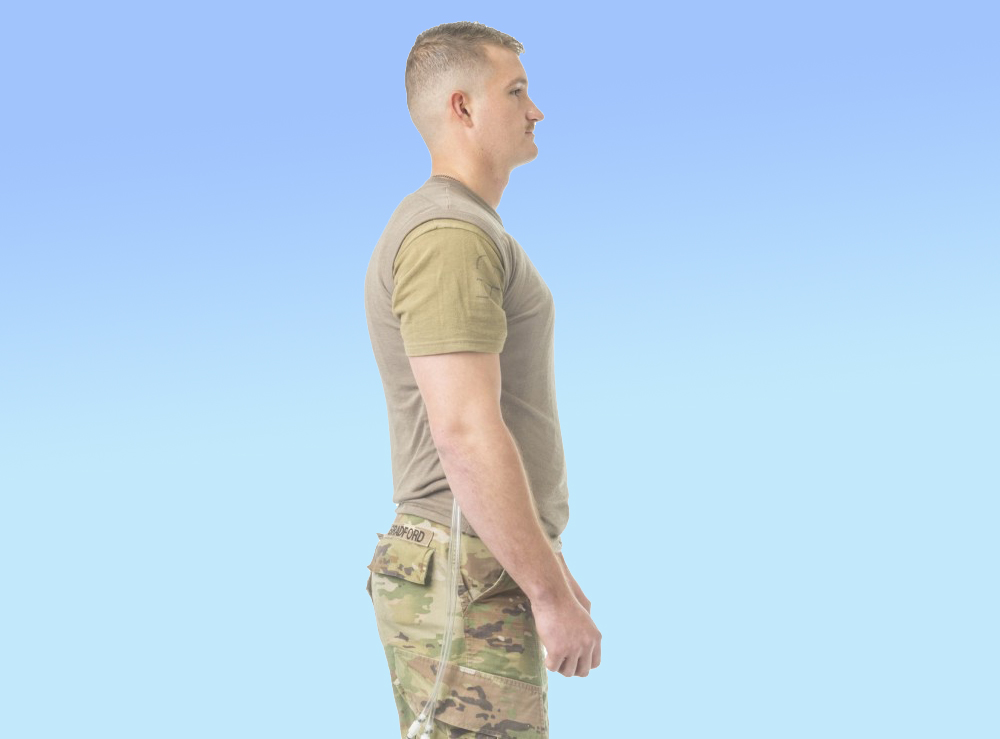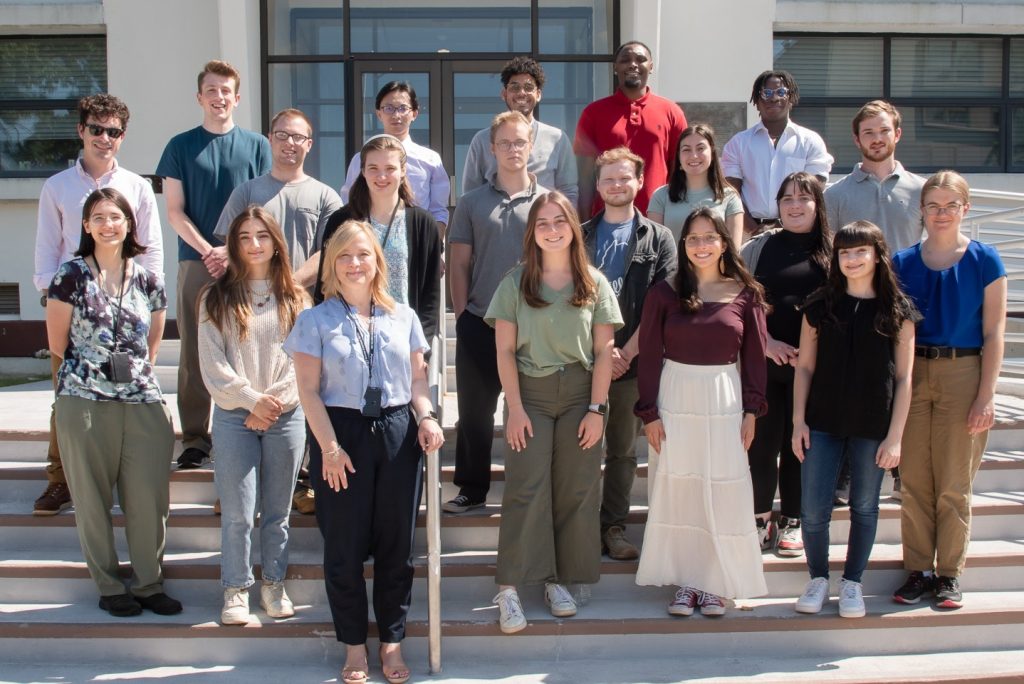Army Team is Using 4D Scanner Systems to Increase Understanding of Human Motion
August 1, 2023NATICK, Mass. – Science is in motion at the U.S. Army Combat Capabilities Development Command Soldier Center, or DEVCOM SC. Researchers are using 4D scanning as a tool to better understand human movement and the effect it may have on clothing and equipment fit and function. They are equipped with two scanner systems — a full-body 4D scanner and a head 4D scanner.
DEVCOM SC researchers are longtime experts in human factors and anthropometry. They investigate the interaction between Soldiers and the equipment they use and the clothing they wear to optimize fit, comfort, safety, survivability and performance.
4D scanning allows for the collection of images and the creation of digital human models which replicate body shapes in motion. Incorporating movement into anthropometric data greatly aids in the design of equipment and clothing. 4D scanning enables body measurements and the impact of motion to be captured in a series of scans.
“The 4D scanner can record a sequence of images similar to a camcorder, but each image is a 3D surface,” said Peng Li, Ph.D., a computer scientist at DEVCOM SC. “The main advantage of a 4D scanner is its ability to capture 3D shapes in motion since it can take sixty 3D images in one second. This enables us to scan the Soldiers with or without gear in multiple poses continuously and obtain dynamic and functional anthropometric measurements. This also opens the door to other fundamental research that may be able to link human performance to pose variation, skin deformation, etc.”
The 4D Scanner improves the ability of DEVCOM SC scientists to gather anthropometric data, which impacts the effective design and optimization of a wide range of military and commercial products. Protective clothing, helmets, load carriage equipment, vehicles, aircraft cockpits, and workstations all require anthropometric data.
The data gathered will be used to improve the fit, comfort, and performance of protective clothing and equipment and other wearables, including sensors and exoskeletons that help optimize Soldier performance. Further research is needed before scientists and engineers know all the capabilities of the 4D scanner.
“Although the 4D scanner has been around for over ten years, the application using 4D scans is still in its infancy stage,” said Li. “A very promising application is the development of functional apparel that is tight fitting but enables performance during action, such as a sports bra or counter-pressure suit for astronauts. For us, collecting dynamic anthropometric measurements for clothing or product design will be the most straight forward application.”
Li explained that the new scanner will be used to collect body measurements in dynamic poses and likely be used to create a new anthropometric database since the measurements may differ from those in existing databases.
Li explained how the 4D scanner is an improvement over the laboratory’s existing 3D scanning equipment.
“The biggest improvement is reducing image capturing time,” said Li. “This puts the new scanner into a different category as our old 3D scanners take 20 seconds to scan only one subject.”
Li explained that research suggested the tight fit, performance clothing design may especially benefit from 4D scanning. “Gear that requires a multiple pose evaluation of human-gear interface also will benefit,” said Li.
By Jane Benson, DEVCOM Soldier Center Public Affairs


